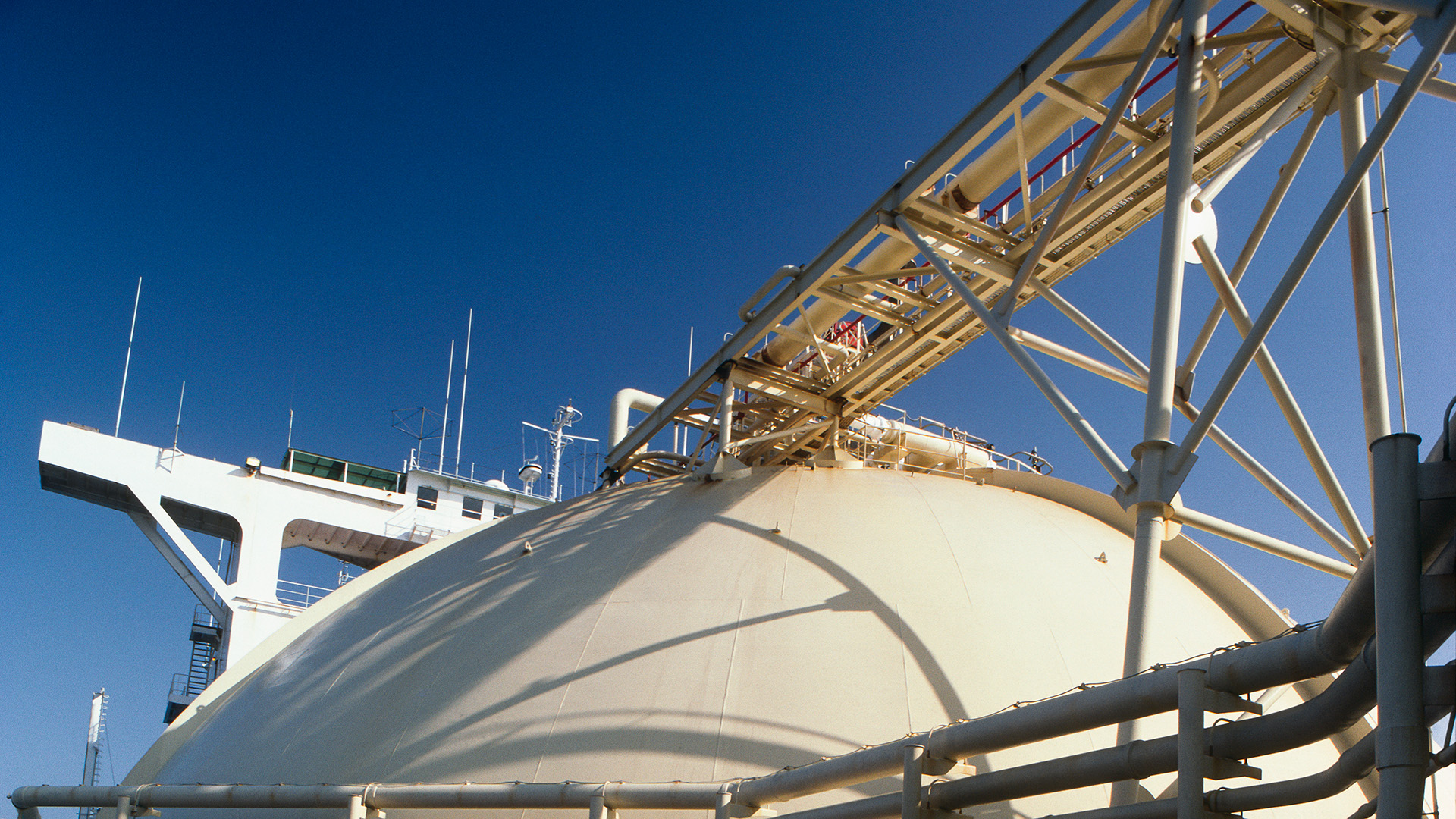
Navigating FuelEU: Compliance pathways and contractual considerations
FuelEU1 came into effect on 1 January 2025, heralding a new era of regulating lifecycle greenhouse gas (GHG) emissions generated from fuel used on board ships. The compliance implications are significant and will affect commodities traders who charter ships that call at EEA ports.
Careful consideration should be given as to how to negotiate commercial transport contracts in response to FuelEU, both to minimise any potential exposure and maximise any potential upside. Both conventional fuel and low GHG emission fuel have a role in the FuelEU conversation and understanding FuelEU will be key to maximising compliance pathways.
Background: what is FuelEU and how does it work?
FuelEU is intended to regulate the GHG intensity of the energy and fuels used on board ships above 5,000 GT which call at EEA ports from 1 January 2025, irrespective of flag.
It sets maximum limits for the yearly average GHG intensity on a well-to-wake (WtW) basis (GHG Intensity Limit). The GHG Intensity Limit will apply in 5-year periods, mandating a 2% reduction from 2025, 6% from 2030 and more acute percentage reductions from 2035 through to 2050.
From 2026 onwards, ships will be assigned a compliance balance, which will either be in surplus or deficit depending on whether the GHG Intensity Limit has been exceeded.
A ship’s annual GHG intensity performance will be monitored during a calendar year and reported to an accredited verifier in the following year. Once verified, either a Document of Compliance will be issued or a Euro fiscal amount (FuelEU Penalty) will be payable (where a deficit compliance balance exists post 1 May).
The designated compliance entity (Company) responsible for meeting the GHG Intensity Limit (including any FuelEU Penalty) under FuelEU will be the ISM document of compliance holder, defined as the shipowner or any other entity (such as the manager or bareboat charterer) which has assumed responsibility for the operation of the ship and agreed to undertake the duties and responsibilities imposed by the ISM Code. In most cases, this will be the technical shipmanager.
What compliance options and pathways are available?
Ships using VLSFO or MGO will almost certainly generate a deficit compliance balance and face the prospect of a corresponding FuelEU Penalty.
Compliance pathways to meet a deficit compliance balance could include:
- Paying the FuelEU Penalty: The simplest compliance option, this is unlikely to be sustainable long term due to the accelerated percentage reductions in the GHG Intensity Limit and a multiplier applied where consecutive FuelEU Penalties are paid. Depending on the available pooling market and pricing, this may also be the most expensive option.
- Borrowing/Banking: Under limited conditions, it is possible to borrow against a future reporting period (at a 10% premium and up to a maximum borrowing limit). A compliance surplus can be banked against future reporting periods.
- Pooling: Compliance balances can be pooled with other ships, spreading the risk and cost of compliance, but also creating the opportunity to monetise FuelEU. Pooling arrangements are left to freedom of contract and market forces, with no restriction on which parties can benefit from the outcome of pooling provided this is reflected in commercial contracts. However, pooling must comply with requirements set out in FuelEU and pooling choices (e.g. with whom and on what basis) should be considered carefully, together with the associated risks and benefits.
- Using less GHG intensive maritime fuels2: Options here include LNG, biofuels, LPG and RFNBOs3. Substantial investment may be required in new technologies and retrofits to deploy these at scale. It may also increase the operational risk or fuel cost.
Commercial and contractual implications
Commodities traders will need to decide their FuelEU compliance strategy and plan accordingly. The right contractual solution requires more than simply amending a time charter. It extends beyond bilateral discussions and requires consideration of third-party rights and obligations, especially in cases involving pooling or complex charterparty chains. The annual aspect of the GHG intensity limit means that contracts must address carefully how incurred liabilities and benefits are handled, as charterparties may often start or end during a reporting year.
Key considerations for commodities traders acting as charterers include the following:
- Time charters: The appropriate strategy will depend on whether a ship is generating a compliance deficit or surplus.
For ships generating a deficit, there will be a strategic decision as to whether to pay a FuelEU Penalty, borrow an advance compliance surplus, pool the ship, or introduce a quota of low-carbon fuels into the fuel mix. Commercial negotiations will determine whether FuelEU liability costs can be passed down the charter chain.
For ships generating a surplus, negotiations are likely to centre around orders as to fuel consumption and entitlement to any surplus, given that charterers’ actions will directly impact the commercial operation of a ship. Where a charterer is looking to receive the benefit of a surplus, it will need to ensure it has access to the surplus and the right to direct and control the Company (which could be complicated by the likely lack of direct contractual privity). It will be difficult to achieve in the absence of clear contractual solutions because (again) existing contracts do not adequately cater for this.
BIMCO has recently published a BIMCO FuelEU Maritime Clause for Time Charter Parties 2024.4 Whilst this clause is a sensible compromise, commercial and practical considerations often necessitate amendments, in particular for surplus-generating ships. Alternative solutions may be required to cater for longer term charters and more sophisticated markets segments, such as the LNG sector. - Pooling agreements: Provided there is an available market and the pooling cost is less than a FuelEU Penalty, a surplus may be sold to ships which have a deficit compliance balance. There is no standard format for this and multi-party negotiations could be required. The format and type of pooling arrangements can vary, including multiparty systems, bilateral arrangements, marketplaces created by third-party pool service providers, or closed pools. The specific characteristics of the pool will guide the type of contractual structure required; in other words, there is no “one size fits all” option and agreements will need to be carefully scrutinised and negotiated.
HFW Comment
HFW is working with clients across the sectors to navigate FuelEU and is advising on compliance strategies, pathways and contractual solutions relating to time charters and pooling to achieve commercial goals. Please contact us if you would like to learn more.
Valerio Carlini, Trainee Solicitor, assisted in the preparation of this article.
Footnote
- Regulation (EU) 2023/1805 of the European Parliament and of the Council of 13 September 2023 on the use of renewable and low-carbon fuels in maritime transport, and amending Directive 2009/16/EC.
- Making use of onshore power and wind-assisted propulsion will also contribute towards zero-emissions and Fuel EU compliance.
- Renewable fuels of non-biological origin
- https://www.bimco.org/contracts-and-clauses/bimco-clauses/current/fueleu-maritime-clause-for-time-charter-parties-2024







